Tensor-network renormalization group in 3D enhanced by entanglement filtering.
Speaker: Mr. Xinliang Lyu (Tokyo U.)
Start Date/Time: 2025-4-23 / 3:30 p.m. (Taipei time) = 2025-4-23 / 8:30 a.m. (France time)
End Date/Time: 2025-4-23 / 5:00 p.m.
Host: Prof. Ching-Yu Huang (THU)
Online Zoom Link: https://zoom.us/j/91356947494?pwd=IjtKbcM9ObQfbj6cAWZFySoszuKP1b.1
[Registration] is required
Outline:
We propose an entanglement filtering (EF) scheme for tensor-network renormalization group (RG) in three dimensions (3D) and demonstrate that the EF is essential for a 3D tensor-network RG to give reliable estimates of scaling dimensions [1]. Using the tensor-network RG, Evenbly and Vidal [2] has designed a systematically-improvable real-space RG method in 2D; their RG method is efficient thanks to the cleanse of the microscopic entanglement using an EF technique. Their success has not been achieved in 3D due to the difficulty in designing a workable EF scheme. We point out that it is conducive for a workable 3D EF to be both graph independent [3] and preserve necessary symmetries of the tensor network. Our proposed EF scheme keeps the cubic lattice of the tensor network while preserves (and imposes) the lattice reflection symmetry. After the EF is incorporated into a simple 3D block-tensor transformation, the RG map exhibits a critical fixed-point tensor of the cubic-lattice Ising model, which the block-tensor map fails to produce. Without the EF, the block-tensor map has RG approximation errors more than 30% near the critical region. Even worse, the estimates of scaling dimensions, extracted from the linearized RG map, fail to converge with respect to the RG step. Adding the EF reduces these RG errors to 2% and makes the estimates of scaling dimensions converge. The estimated scaling dimensions of the thermal and spin operators cid:clip_image002.png, compared with the accepted value, have relative errors 0.1% and 0.4% in the best scenario.


